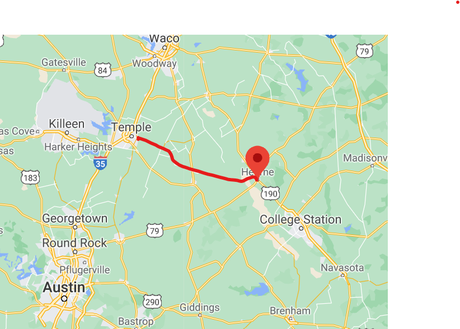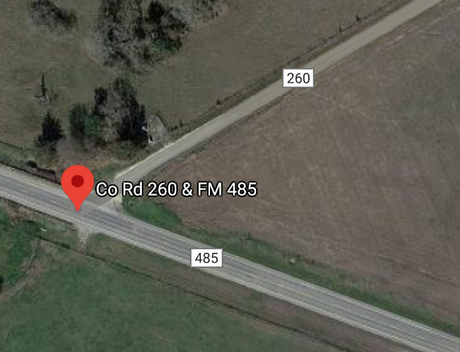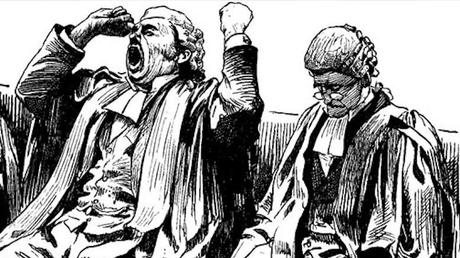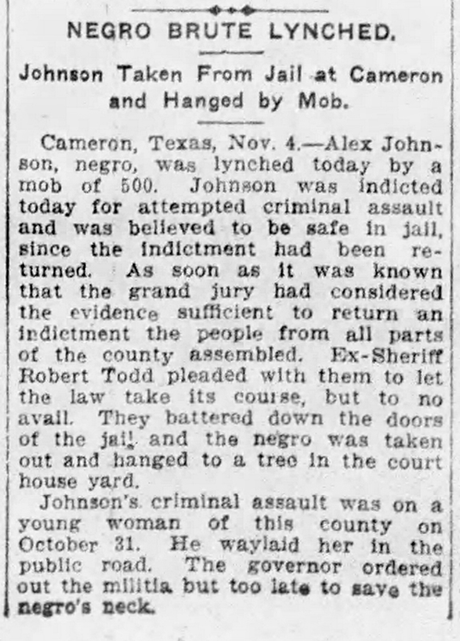I get it. In a world overrun by information, there’s little room for a new story. If I write about Donald Trump, I get lots of likes and shares. Love him or hate him, everybody knows Trump. Everybody has questions, so there’s a market for answers, however ill-considered. These days, when I write about Curtis Flowers, the Mississippi native who was falsely accused of a horrific murder, I have a built-in readership.
But when I started telling the Curtis Flowers story in 2009, hardly anyone wanted to listen. The same was true when Friends of Justice first told the world about the now-notorious Tulia drug sting. When I started writing about the wrongful conviction of Ann Colomb and her sons in Lafayette, Louisiana, I faced the same challenge.
Even those who understand the need for criminal justice reform seem more interested in stats than stories. Criminal justice stories, told faithfully, are always riddled with ambiguity.
Most criminal cases seem open-and-shut when you read about them in the papers. The cracks in the wall don’t appear until you peel away the wallpaper. And that can be a tedious business. Especially, when you’re dealing with several layers of the stuff. Dissecting a wrongful conviction is a lot like that.
Which explains why it has taken me six highly-detailed segments to introduce the Shaun Cooks story. And I’m just getting started. Those who have read the whole account have my appreciation. But, if you haven’t, I decided to give you a quick summary of each segment. This is no substitute for the full story, of course, but it will help you decide if the longer version is worth your time.

Five days to Christmas: The story begins with Shaun Cooks was driving from Temple to Hearne, Texas to pick up some laundry from his mother. His girlfriend and her adolescent sister were in the car with him. Chris White was randomly stopping cars on FM 485, hoping to apprehend a rapist who had been assaulting elderly women throughout Texas. Shaun knew that, if he gave the officer his driver’s license, his criminal history and an outstanding warrant would pop up. Panicking, he drove off, followed by the officer. After a high-speed chase that lasted fifteen minutes, Cooks stopped his car next to a farmer’s field and made a dash for the fence. Officer White followed the suspect in his patrol car, exiting the vehicle with his Taser drawn shortly after Cooks reached the fence. What happened next depends on who you listen to.

Conflicting Stories: Chris White says that, although he didn’t see a gun, he heard Shaun Cooks fire two shots at him. White deployed his Taser and, hearing gunfire, ran behind his patrol car. He doesn’t remember seeing a gun, nor does he remember firing his Taser. Seeing Cooks running back to the car he had abandoned moments before, officer White fired two shots, Cooks went down, and White waited for backup officers from a nearby town to take the suspect into custody.
Shaun Cooks says he couldn’t fire shots at White because he didn’t have a gun with him. When White Tased him from behind, Cooks fell to the ground. For several seconds, he was unable to move. Then, hearing gunfire behind him, he stood up and tried to run. He didn’t get far, however, before he was immobilized once again. Eventually, the officer from Hearne made the arrest.
Although he wasn’t asked to testify at trial, I have spoken with the arresting officer and his story directly contradicts White’s testimony at two crucial points. When he arrived on the scene, the officer says, there was no gunfire, and Cooks was running, not lying on the ground. If the Hearne officer has it right, White has it wrong.

Mayhem and Memory: How do we account for the total disconnect between the stories told by officer White and the arresting officer? Several highly regarded studies indicate that traumatic events (such as a high-speed chase and the arrest of a potentially armed suspect) can impact memory and the perception of time in dramatic ways. I argue that Officer White couldn’t remember anything about that evening with any confidence. Several striking examples from White’s trial testimony are cited in support of this conclusion. If White couldn’t remember deploying his Taser, I argue, neither would he remember firing the warning shots Cooks describes. According to White’s testimony, less than 20 seconds elapsed between the shots Cooks fired and the shots White fired at Cooks. If the Hearne officer is on target, this timeline is impossible.

Flimsy Evidence: If Cooks and White both fired at least two shots; why did the investigating officer only find shell casings from White’s weapon? If Cooks’ gun jammed, as the state’s case insists, how was a fresh round chambered (this is a technical, but crucial issue). If Cooks fired the weapon found at the crime scene, the weapon and the suspect’s hands and clothing would have been covered with gunshot residue. Moreover, the suspect’s fingerprints would have been all over the gun and there may even have been DNA evidence. If the investigating officer was confident that officer White had his facts straight, why did he fail to conduct all the standard forensic tests. Was he sloppy, or did he worry that science wouldn’t back-up White’s story?

The Sorry Lawyer Syndrome: I explain that few criminal cases go to trial, and that trials almost never end well for the accused. Two defense attorneys were appointed to defend Shaun Cooks; he fired the first and would have fired the second if the judge had allowed it. In this segment, I explain why Cooks wasn’t allowed to tell his story to the jury, why his defense attorney accepted every element of officer White’s account, why the arresting officer wasn’t interviewed or subpoenaed to testify, and why the comically deficient investigation of the case was given a pass. We learn that court appointed defense attorneys make money by negotiating quick plea agreements. We learn that the research and investigation required to counter the official story would have reduced a defense attorney to burger-flipping wages. Finally, we learn why, especially in rural jurisdictions, defense attorneys refuse to question police testimony.

A Legal Lynching: We begin with the tragic story of Alex Johnson, a Black man accused in 1907 of the “attempted assault” of a White girl. When the good people of Milam County learned that the death penalty wasn’t on the table, they marched on the jailhouse prior to trial, battered down the door with sledgehammers, and lynched the suspect on a tree in front of the courthouse.

Alex Johnson never received the benefit of a trial; neither did Shaun Cooks. There were witnesses, a judge, a jury, a prosecutor and a defense attorney in the room, to be sure. But only one story was heard, and obvious questions went unasked. Shaun Cooks wasn’t allowed to tell his story. The arresting officer didn’t testify; he wasn’t even interviewed. The jury wasn’t allowed to hear the dashcam tape that captured forty minutes of casual conversation among the dozen-or-so officers who descended on the scene. This made a guilty verdict and a life sentence all but inevitable.
Shaun Cooks has now spent ten years behind bars. That’s a long stretch, even if Shaun is guilty as charged. If he’s innocent, it’s an outrage.
I believe he is innocent. That’s why I’m telling his story.
If you watch television or listen to “true crime” podcasts, you know that people like two different narratives: stories about guilty people who, at first blush, appear innocent; and stories about innocent people who initially appear guilty. Shaun Cooks doesn’t fit either category. Few wrongfully convicted inmates do. Guilt is usually obvious; innocence is never obvious. You’ve got to peel away a lot of wallpaper before the cracks in a case reveal themselves.
And there’s another reason why some of you started reading this story but didn’t see it through. For large stretches of his life, Shaun Cooks made his living selling drugs. Why did he do that? And what happened when he tried to stop? That’s for next time.
